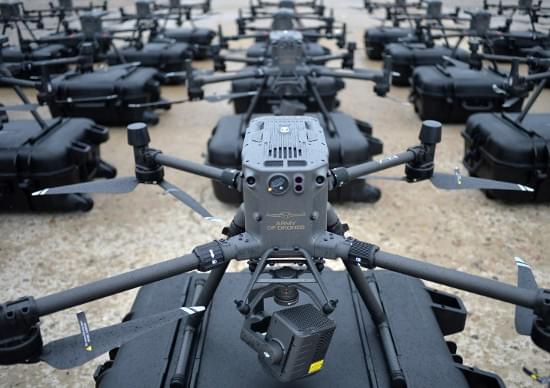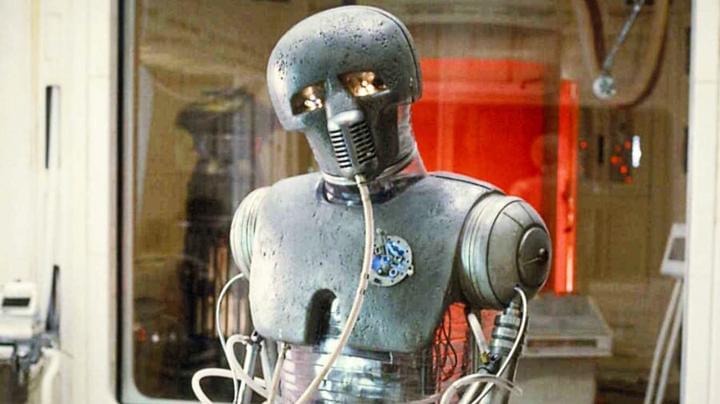Productivity app Notion has started charging customers for its recently introduced AI features. The move potentially paves the way for companies such as Microsoft to start charging extra fees for AI assistants.
Notion offered the AI assistant as part of a “private alpha” earlier this year. The feature allows users to invoke the AI to perform tasks such as autocompleting passages of text, brainstorming ideas, creating summaries of documents or simply fixing the spelling and grammar (which has suddenly become an ‘AI’ task in several. modern apps).
Notion charges users up to $10 per month to use its AI assistant. Are the days of free AI tools coming to an end?







